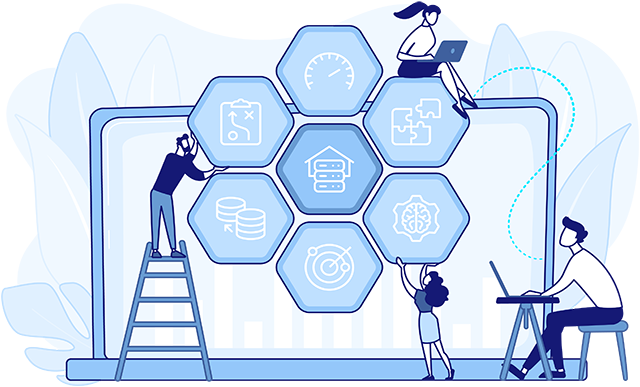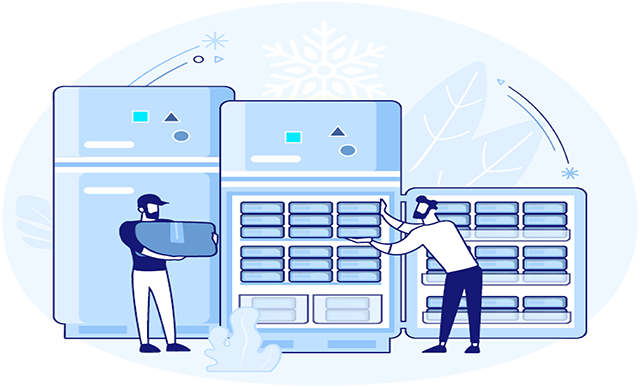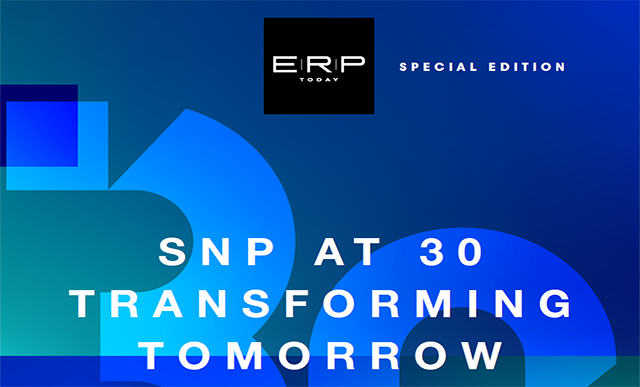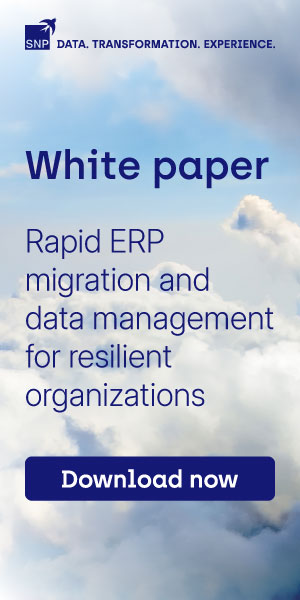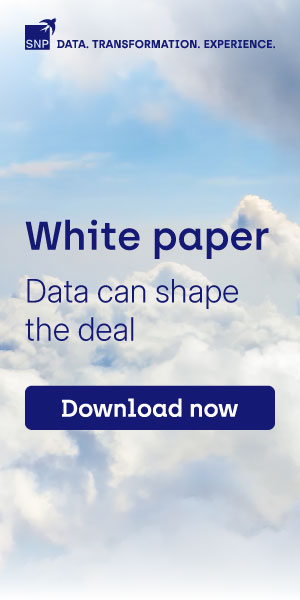In today’s business environment, technology evolves, markets shift, and regulatory landscapes change faster than ever. Each shift brings both pressure and opportunity. The question is not whether change will come—but whether your organization is ready to act when it does.
Many enterprises believe their systems are under control. Yet transformation is often slowed by hidden complexity: beliefs about clean data, stable systems, and clear scope that do not hold up under examination. Transformation rarely fails because of poor strategy—it fails when assumptions replace facts. Complexity tends to build unnoticed, layer by layer — in redundant document types, inactive custom fields, and fragmented processes that only become visible when they start causing problems.
See your SAP landscape as it really is with Kyano Foundation
Real readiness is defined by data, not perception. Kyano Foundation turns system insight into measurable confidence. At its core lies the Agility Index—a data-driven, automated analysis that continuously monitors the true state of your SAP landscape and its readiness to migrate, harmonize, or scale. Built on experience from more than 1,300 analyses per year and now covering over 90 key performance indicators, the Agility Index benchmarks system performance across five core dimensions: data quality, technical complexity, archived data, system integrations, and geographical scope.
The Agility Index functions as a full-system diagnostic. It analyzes transactional, configuration, and usage data to deliver harmonized, structured insights. Results are consolidated into a live readiness score—complete with trend lines, peer benchmarks, and actionable results. These Action KPIs prioritize and guide improvement, helping teams decide where to clean, harmonize, or investigate .
Use Cases – From Discovery to Continuous Readiness
Every transformation journey is different. Whether migrating to SAP S/4HANA, managing carve-outs, mergers, or optimizing existing systems, the Agility Index supports each transformation scenario. Its value unfolds across all phases of transformation—before, during, and after migration – turning complexity into measurable progress.
Before migration: Replacing assumptions with facts
In the discovery phase, organizations use the Agility Index to gain a data volume, organizational structures, and simplification potential. KPIs cover aspects such as the size and usage of business objects (materials, customers, vendors), redundant document types, or inactive master data.
The Index also maps usage intensity across modules, helping to identify which processes are active and which can be retired or simplified. This evidence-based perspective allows program teams to narrow scope, prioritize key harmonization areas, and shorten the overall assessment phase—establishing a clear, data-backed baseline for migration planning.
During Migration: From insight to control
During active migration, the Agility Index shifts from insight to control. It provides ongoing transparency on both logistical and financial data quality, allowing program management to track readiness across all entities.
For example, in logistics, KPIs on open purchase orders, open sales orders, or material master cleanup give a live view of whether all plants have completed their pre-go-live preparations. This visibility reduces complexity at cutover and ensures that only relevant, validated data is carried forward.
In finance, the Agility Index monitors company code consistency, inactive accounts, and open postings, helping project leaders confirm that reconciliations are complete and that data harmonization is aligned across all business units. By integrating these dashboards directly into program governance, decision-makers gain real-time evidence of progress, risk, and go-live readiness.
After go-live: Staying lean and agile
After go-live, the Agility Index serves as a continuous monitoring tool. Through automated scheduling and benchmarking, it maintains oversight of data growth, harmonization progress, and system simplification. KPIs flag where deviations from the SAP standard reappear, where roles or document types multiply, or where incident volumes indicate renewed process friction. This “stay clean” layer turns one-time migration success into sustainable control—enabling organizations to maintain system agility and compliance in daily operations.
Benchmarking across entities: A broader perspective
A particularly valuable capability at this stage is company code benchmarking. Many enterprises operate multiple codes or regional entities that serve different regulatory or operational purposes. By comparing KPIs such as order type diversity, process cycle times, or master data completeness across these entities, organizations can distinguish between structural exceptions (e.g., a code isolated for legal reasons) and areas where standardization potential still exists.
This contextual benchmarking provides a balanced view: recognizing valid deviations while revealing optimization opportunities—turning harmonization into a measurable, data-driven conversation across business units.
Always evolving: A framework that learns and improves
Across all these examples, the Agility Index is continuously extended with new KPIs and indices co-developed with customers and partners. Recent enhancements include metrics for harmonization, authorization complexity, and standardization pressure, as well as trend-based comparisons across company codes and regions. Each new use case adds contextual intelligence—transforming the Agility Index from a static report into a living, evolving measurement framework.
Continuous Value Through Integration and Partnership
Kyano Foundation is more than an analytical layer—it is the backbone of the SNP Kyano Platform, a connected ecosystem that unites data, advisory, and transformation. Insights from the Agility Index flow seamlessly into extended cloud analyses and partner solutions such as CDQ, SmartShift, and Tricentis, enriching the data foundation with perspectives on data quality, code optimization, and testing coverage. This integration enables end-to-end visibility across the entire transformation lifecycle, from extraction to execution.
Leading enterprises already apply the Agility Index not only before transformation but throughout the process. One global customer integrated the analysis directly into their SAP S/4HANA migration, creating a clear before-and-after comparison. The insights revealed inconsistencies in business partner data, variations in charts of accounts, and redundant material types—findings that enabled targeted harmonization and measurable progress across business units. Other organizations use the same framework to compare company codes or regional standards, identifying where localization has drifted from the corporate baseline.
This is readiness in motion: a continuous feedback loop that unites data, insight, and action. With Kyano Foundation, system readiness becomes a living capability—continuously monitoring agility, health, and control across complex SAP landscapes. Because real transformation doesn’t end at go-live.

